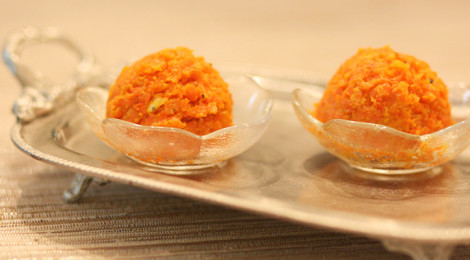
Gajar ka Halwa
Did I tell you that I have a thing for halwas?
Halwa weather is totally approaching. Leaves have started changing colors, and pretty soon we’ll be feeling a nip in the air. And what do you need except a rich halwa to warm you up inside? (You can also see my Sooji Halwa Post and Pumpkin Halwa Post.)
Now, basically, there are two ways of making halwas.
- A halwa is essentially made by frying the //main ingredient// in fat, adding sugar and cooking until all the liquid has completely evaporated. That’s a halwa.
- The other way of doing it is to also add milk to the above method.
You can make most halwas both ways, and it all depends on your personal preference in the end.
So, while you can make gajar ka halwa with just oil and sugar, however the first recipe that I will share has milk in it as well. This is how I mostly make it so I will share this first.
The milk-free halwas are usually topped with khoya, or milk solids, and in the halwas that contain milk, the khoya is sort of incorporated into the halwa during the cooking process.
Now, please, do not confuse gajar ka halwa with gajrela. I really feel like snapping at whoever calls halwa gajrela. Gajrela is another dessert altogether, which has a kheer base. Simply put, it’s like a kheer with carrots. The look is completely different too, because it looks like a white rice pudding with flecks of orange/orangey-red carrots.
And now a little bit about carrots.
The carrots in America are very different from the ones in Pakistan. American carrots are quite orange in color, quite hard and quite lacking in flavor. Another thing that my friend pointed out was that they also bleed a lot of their orange color when grated.
The ones in Pakistan are not as hard, they are more of an orangey-red color (which doesn’t bleed), with a distinct yellow colored core. The core has no flavor. But the orange red part around it has a wonderfully sweet, but not jaw-breaking, crunch! It’s really a joy to eat those carrots, especially raw, and they’re always sliced up and served in salads too because of that reason.
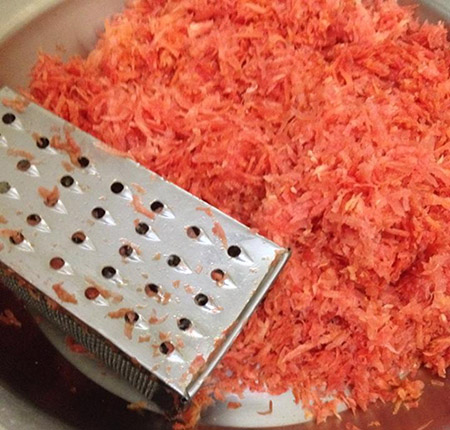
Pakistani carrots grated for making halwa. Notice the difference in color. (Thanks for the photo, Fahad bin Iftikhar!)
Needless to say, they make a very flavorful halwa, but here in America, you can still make a good halwa by compensating with sugar. Plus, it’s not like you have the two side by side to compare, and in the end, you should know how to cook well with whatever ingredients you have available. Even with the best ingredients, you could still completely mess up a dish.
Speaking of compensating, there is such a thing as over compensating. I’ve had so many gajar kay halway at restaurants, or catered from restaurants at parties, and I have been disappointed every time. They’re always so overly, painfully sweet, that I want to burst into tears at the first bite. Now I absolutely refuse to spoil my halwa experience by even trying them.
To start off, you’ll need shredded/grated carrots. Now, you could buy those directly, of course, but why would you do that when you can do it the hard way by buying whole carrots, and peeling and grating them yourself?
As you can probably tell, I have a bit of an insecurity when it comes to carrots here, and for the longest time I would only use organic carrots to make halwa, thinking that they would have more flavor (they don’t- although I’m sure they’re better for your health). Secondly, I tell myself that grating them at home preserves more of whatever flavor they have, which I’m sure is either not true at all, or the difference is so negligible that it is not noticeable at all.
Ha. Tell that to my brain.
However, I did come up with the (genius) idea of throwing them in the food processor instead of grating them by hand.
Moving on, fry the carrots in the butter for a few minutes.
Then add water and cover and cook until they are completely and absolutely tender.
While the carrots are cooking, reduce the milk in a separate pot.
Once the carrots are done, add the milk.
Cook until all the liquid has evaporated.
Then add the sugar and cardamom.
Stir fry again until the liquid evaporates.
Dig in!
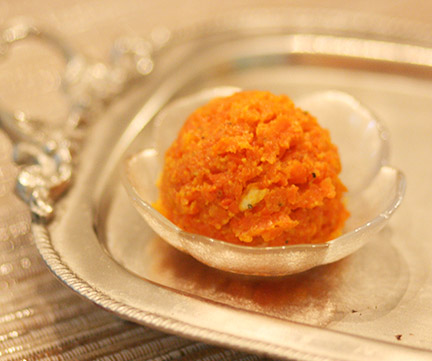

- 4 cups shredded carrots (1 lb bag of whole carrots)
- 4 tbsp butter/ghee
- 2 cups milk
- ¼ cup + 2 tbsp sugar
- 1 cup water
- ½ tsp green cardamom powder
- Nuts for garnishing (I use slivered almonds)
- Melt the butter in a wide, non-stick pot.
- Stir fry the carrots on medium heat in the butter for about 5 minutes. They will give off a nice roasted aroma.
- Add the water to the carrots and cover and cook, somewhere between medium-medium low heat until they are completely tender, about 20 minutes.
- While the carrots are cooking, reduce the milk in a separate pot over medium-medium low heat, stirring frequently, or on medium-high heat, stirring constantly.*
- Let all the water from the carrots evaporate, then add the reduced milk.
- Stir fry on medium heat until all the liquid evaporates.
- Add the sugar and green cardamom and stir fry again until all the water evaporates.
- Generally, now you would see the oil running clear. That means the halwa is done. But there is very little butter in this recipe, so be careful not to over-fry.
- Take off from the heat, garnish with nuts and serve warm.
- You can use up to 6 tbsp butter, but if you're using a good non-stick pot/pan, then you can make do with 4 tbsp.
- You could also use raw sugar/brown sugar in the halwa, however that will give the halwa a much darker color.
- The secret of a great halwa is to bhoonofy it well (stir frying on medium heat until all the water evaporates).
- But don't do it on high heat and don't do it for so long after the liquid has evaporated that the halwa starts to burn and change color to a much darker shade.
- *How much do you reduce the milk? The answer is, as much as possible. Even if you reduce it to milk solids, that's fine. At the end of the day, it has to completely evaporate and incorporate into the carrots. Do as much as you can on the side, while the carrots are cooking, and then finish it with the carrots.
- You can also use a short cut by using evaporated milk. However, canned evaporated milk contains additives- it's not pure milk. It does save some effort, though. You can take about cup evaporated milk and add it directly to the cooked carrots and then reduce it.
- This recipe makes a delicately sweet halwa. If you like it super sweet, you might want to add up to ½ a cup of sugar (or more) but add it in small increments to make sure you don't overdo it.
- This recipe yields quite a small quantity of halwa, about 16 oz.
For all the latest updates, please ‘like’ Zabiha Bites on Facebook by clicking here.





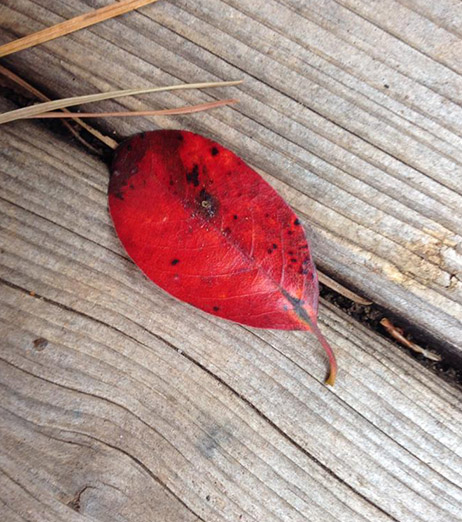
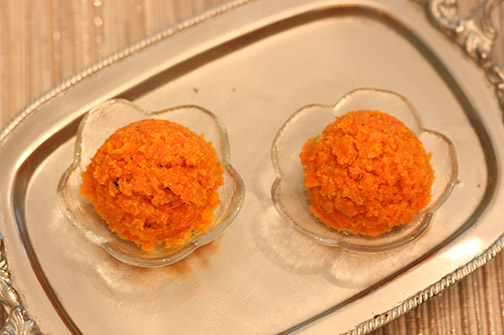
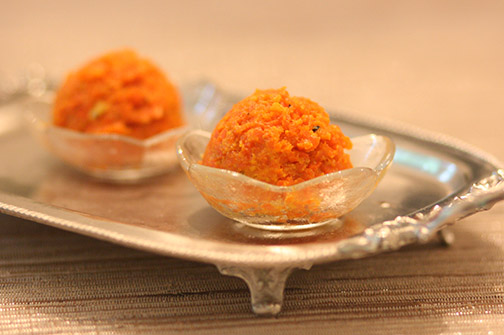
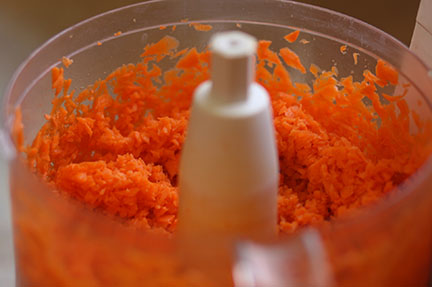
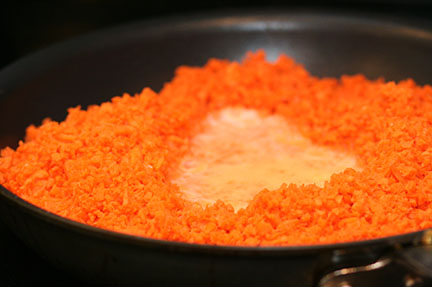

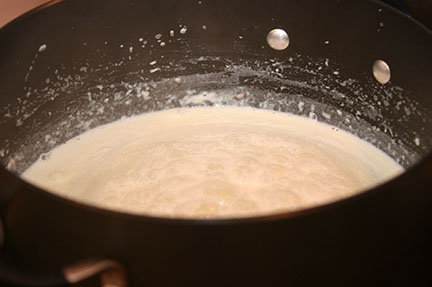
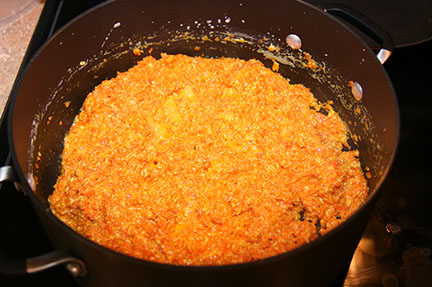

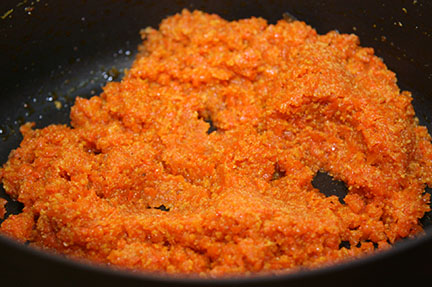
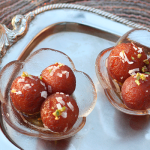

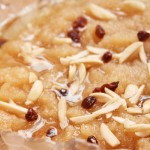
I tried this recipe today and it turned out wonderful! I am not a big fan of desserts, but my husband loves them, and I am always looking for ways to make new things in the kitchen! This did not even take as much time as I have seen it take our moms (Although I doubt I will reach that level of expertise for a long time) Thank you for sharing! 🙂
On a side note, I love how your recipes are always preceded by stories or your experiences. It makes it a delight to read!
Thanks so much for trying it out. Your sweet comments mean a lot to me. Thanks for all your encouragement. 🙂